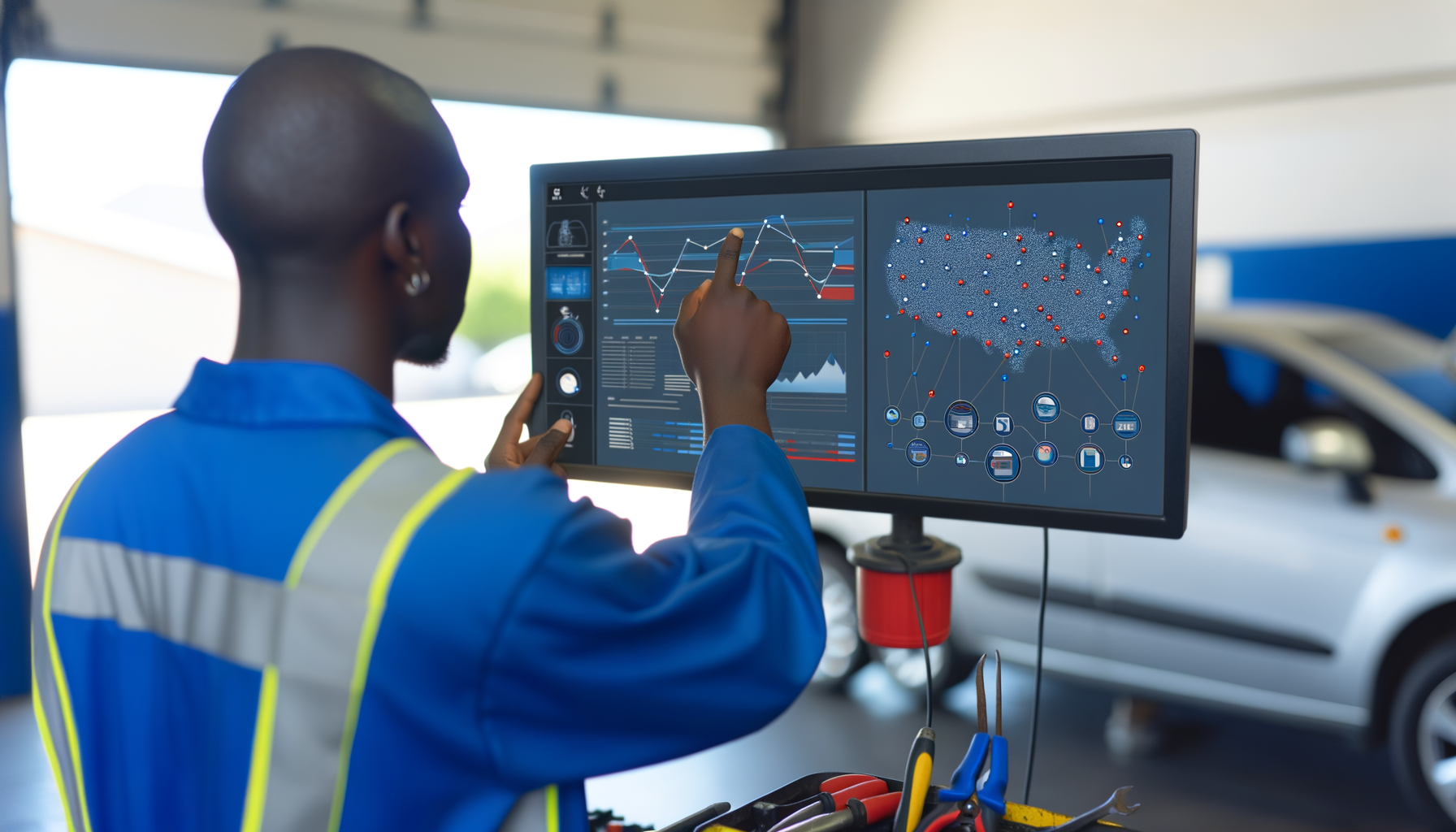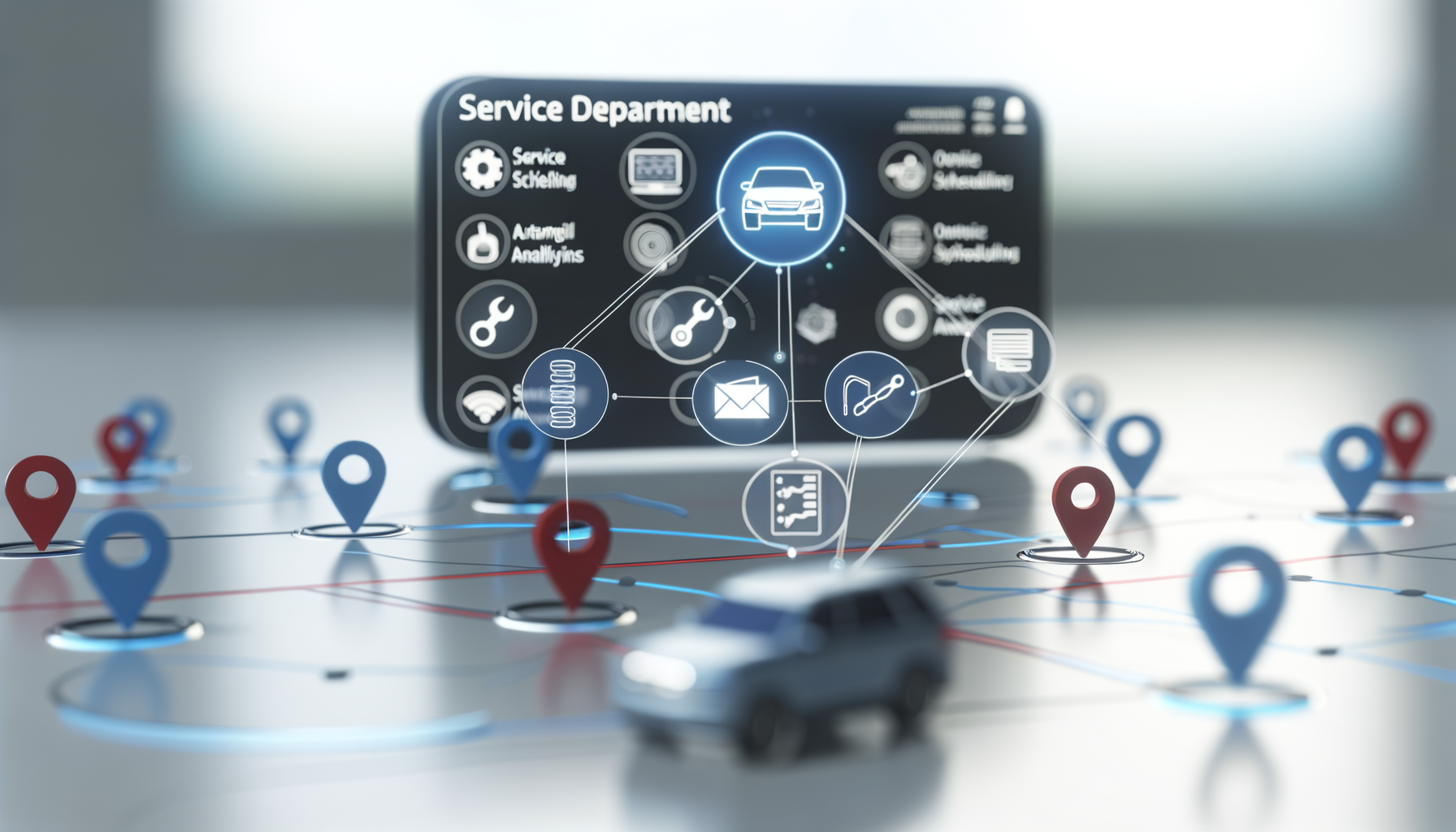Data-Driven Dynamics: Unlocking the Secret Codes of Service Department Success

Understanding the Importance of Service Department Analytics

Analytics in service departments are no longer optional but a critical component of competitive advantage. They empower managers to make data-driven decisions that optimize operational efficiency and enhance customer satisfaction.
For instance, a dealership in California utilized analytics to identify peak service times, allowing for better staff allocation and a 20% reduction in customer wait times.
Start by collecting data from various touchpoints—customer interactions, repair orders, parts inventories—and consolidating them into a unified analytics platform.
Benchmarking for Success: Essential Metrics to Monitor

Benchmarking involves comparing your service department's metrics against industry standards to identify areas for improvement. Key metrics include technician efficiency, service cycle time, and parts fill rate.
In 2025, dealerships that routinely benchmark their operations against top performers report a 15% increase in service revenue.
Begin by establishing a baseline for each KPI and set incremental goals to drive continuous improvement.
Leveraging Predictive Maintenance Analytics

Predictive maintenance uses historical data and machine learning algorithms to forecast potential vehicle failures before they occur.
By implementing predictive analytics, a Midwest dealership reduced unscheduled breakdowns by 30%, boosting overall customer satisfaction.
To start, integrate your dealership's CRM with IoT devices on vehicles to continuously collect and analyze data.
Automation in Service Analytics: Streamlining Operations

Automation in analytics reduces manual data entry errors and accelerates decision-making processes. Automated analytics platforms provide real-time insights that are crucial for agile management.
One dealership reported a 25% increase in productivity after automating service scheduling based on analytics insights.
Implement automated alerts and dashboards to notify staff of key performance changes, ensuring immediate action can be taken.
ROI Calculation: Justifying Your Analytics Investment

Understanding the return on investment (ROI) for analytics tools is crucial for justifying expenditures to dealership management.
Calculate ROI by comparing the increase in service department revenue to the cost of implementing analytics solutions.
For instance, if analytics implementation costs $50,000 and results in a $200,000 revenue increase, your ROI would be 300%.
Overcoming Common Challenges in Service Analytics

Despite its benefits, implementing service analytics is not without challenges. Common issues include data silos, integration difficulties, and the learning curve associated with new technologies.
A case study from a Texas dealership illustrates overcoming integration challenges by adopting a phased approach.
Address these challenges by ensuring all systems are compatible and investing in comprehensive staff training.
Future Trends: Preparing for 2025 and Beyond

The future of service analytics is poised for growth with advancements in AI, machine learning, and connectivity. Embrace these trends to stay ahead.
Recent studies suggest a 40% increase in dealerships adopting AI-driven analytics tools by 2025.
Stay informed by attending industry conferences, subscribing to analytics newsletters, and networking with technology providers.
Related Topics
Ready to take your service department to the next level?
Schedule your demo today and experience the power of Auto Pro Solutions.
Schedule Demo